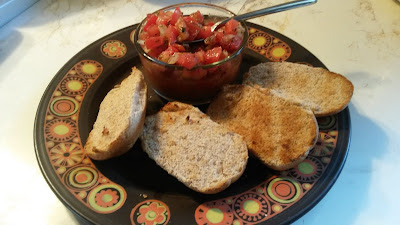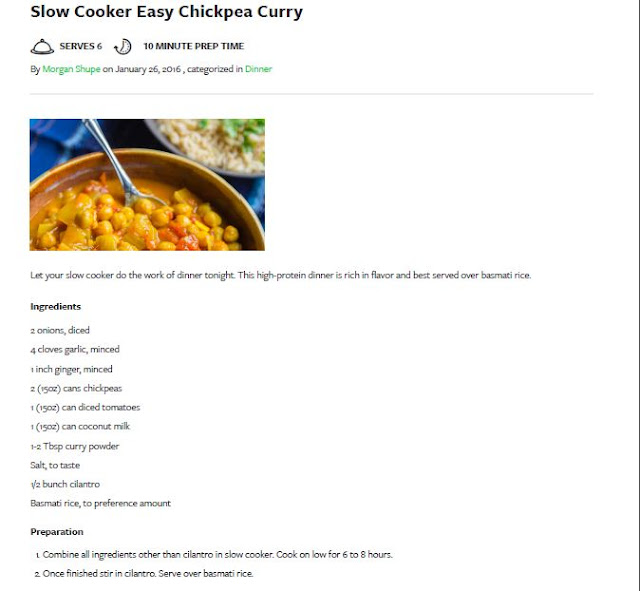 |
| White Sage - Only for Smudging |
The smell surely conjures memories for you. Are they of Thanksgiving and Christmas? Treasured family gatherings? And by association, a sense of family, love and belonging? Perhaps it evokes indulgence or abundance. Did you know that this wonderful herb also has incredible medicinal qualities?
Salvia, meaning 'savior' is the botanical name for Garden Sage. It belongs to the mint family. If you know the benefits of mint, you will notice how similar their healing properties are. As with all mints, Sage contains high levels of calcium and bone-building minerals, along with exceptional vitamins and antioxidants.
Wherever you find Sage growing (China, Japan, India, Europe, America) you will find traditions of people using it as a preservative and seasoning for fatty foods as well as a medicine for a variety of ills. They may not have known the science, certainly not the terms antimicrobial or antibacterial, but they knew that it prevented their food (typically meats) from making people sick. And it is from their trials and errors that the wisdom of its many other health benefits have been passed down through generations.
Traditional medicinal uses:
 |
| Garden Sage |
- Prevent & eliminate head colds
- Clear Sinuses, Soothe sore throats
- Speed immune response to flu
- Heal Lungs & Ease Asthma
- Promotes regularity, Combats Diarrhea
- Aids digestion, especially of fats
- Fights inflammation from Gastritis
- Tightens gums & Treats Gingivitis
- Improves sleep Quality
- Eases Anxiety, helps deal with stress
- Reduces profuse perspiration
- Helps wean babies: Slows milk flow/production
- Lessens menstrual pain
- Helps relax muscle spasms
Which Type of Product to Use?
As fresh leaves, living plants to prune as needed, fresh flowering parts, dried leaves and flowers, as well as oils extracted from the flowers and stems. While these tinctures and extracts are readily available today I find that they are too concentrated. The concentration of medicine in those small bottles is too dangerous for households with children or for general use. Fatal accidents have occurred, play it safe and avoid their use. I recommend staying as close to the way nature gave it to us as possible - that means simply using the leaves, flowers and stems in food and drink.
Spring is here, start growing your own bounty! If you have a garden, or a windowsill with room for a potted plant I highly recommend growing your own sage for year round use. It is a very easy to maintain perennial, so you will not need to replant it after the winter. In fact it is such a hardy herb that it will often live right through the worst winter weather, just brush off the snow & continue to prune. The other option is to prune it all back in the fall and either dry your crop for use over the winter months, or make Healing Sage Honey.
Varieties of Sage
For culinary and medicinal use you want to ensure that you use only Salvia Sages, see image 2 above. These Sages have pebbly-fleshed ovate leaves. Artemisia Sages on the other hand have white hairs on the backs of the ferny leaves, you may recognize this one more easily as it has an appearance much like White Sage (photo 1). These Sages are usually sold as a "smudge" herb (that is, an herb used for cleansing or protecting a home/space from unwanted or negative energy by burning it). White Sage is actually a Salvia Sage but it is too strong for use as a food or medicine.How to use Sage
Here's the easy part: the simplest way to use Sage as a medicine is to drink a tea of Sage leaves. If you will be using fresh sage use a handful of leaves and stalks. Let it brew for about five minutes. For those of you making your tea with dried sage you only need 1-2 teaspoons. Crumbled leaves work best, ground sage can be difficult to make tea, but if that's all you have, just stir it directly into the boiled water in your mug. Either method of dried Sage tea only requires brewing of about 3 minutes.Fresh sage tea is not likely to be bitter, but you can certainly sweeten or enhance the flavour if you prefer. Some of my favourite ways are: add a teaspoon of raw honey, or a slice of lemon, fresh ginger root or peppermint. Try out various combinations to see what works best for you - remember even raw honey is high in sugar and has a tremendous impact on the functioning of your taste buds and your bodies ability to recognize hunger - limit its use.
Another tasty way to use Sage is to make Sage vinegar: Simply pour room temperature apple cider vinegar into a jar filled with chopped fresh sage. Close the jar and let this infuse for 2-3 weeks. Strain the vinegar into a clean jar and use the sage in a soup or stew, freeze any unused chopped sage for later. The vinegar is not as medicinal as the tea but, added to some olive oil and a few other herbs and spices, you have a delicious and nutritious salad dressing.
Here's some food for thought: It is said that just 2 tablespoons of apple cider vinegar every day can reduce your risk of adult onset diabetes by half. And ancient wisdom says "Why die when the Savior grows in your garden?" ... So, two tablespoons of sage vinegar daily might just keep you alive forever.
If you think you are in need of more intense therapy than these recipes and dosages provide, please drop me a line to discuss your personal situation.
If you think you are in need of more intense therapy than these recipes and dosages provide, please drop me a line to discuss your personal situation.
Cautions
Please remember that anyone who is taking any kind of medication should consult their health care professional before using herbs for medicinal purposes. Certain contraindications exist and unwanted reactions can occur.
Please share this post freely on Social Media, or by email. Drop me a line to share your experience with Sage or another medicinal herb. Green Blessings ... I leave you with the wonderful Susun Weed to teach you how to make your own Sage honey.
Please share this post freely on Social Media, or by email. Drop me a line to share your experience with Sage or another medicinal herb. Green Blessings ... I leave you with the wonderful Susun Weed to teach you how to make your own Sage honey.
How to make Healing Sage Honey via +Susun Weed





